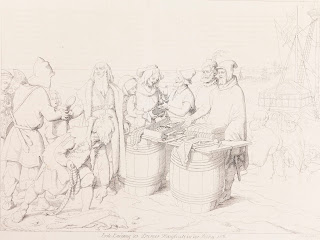Still from the video "Damn Rake" (2023)
Still from the video "Fight Back/Leave It There" (2023)
DAMN RAKE. VERDAMMTER RECHEN. KURADI REHA
Performing German language studies as a journey through psychic processes in relation to colonial history of the Baltics and the notion of (dys)functional hybridity.
Project in process.
First showing in the exhibition "Linguistic Xpedition", October 28, 2023 – March 31, 2024 at the project space of the URBAN NATION Museum, Berlin. Curated by Janine Arndt
Online showcase:




















